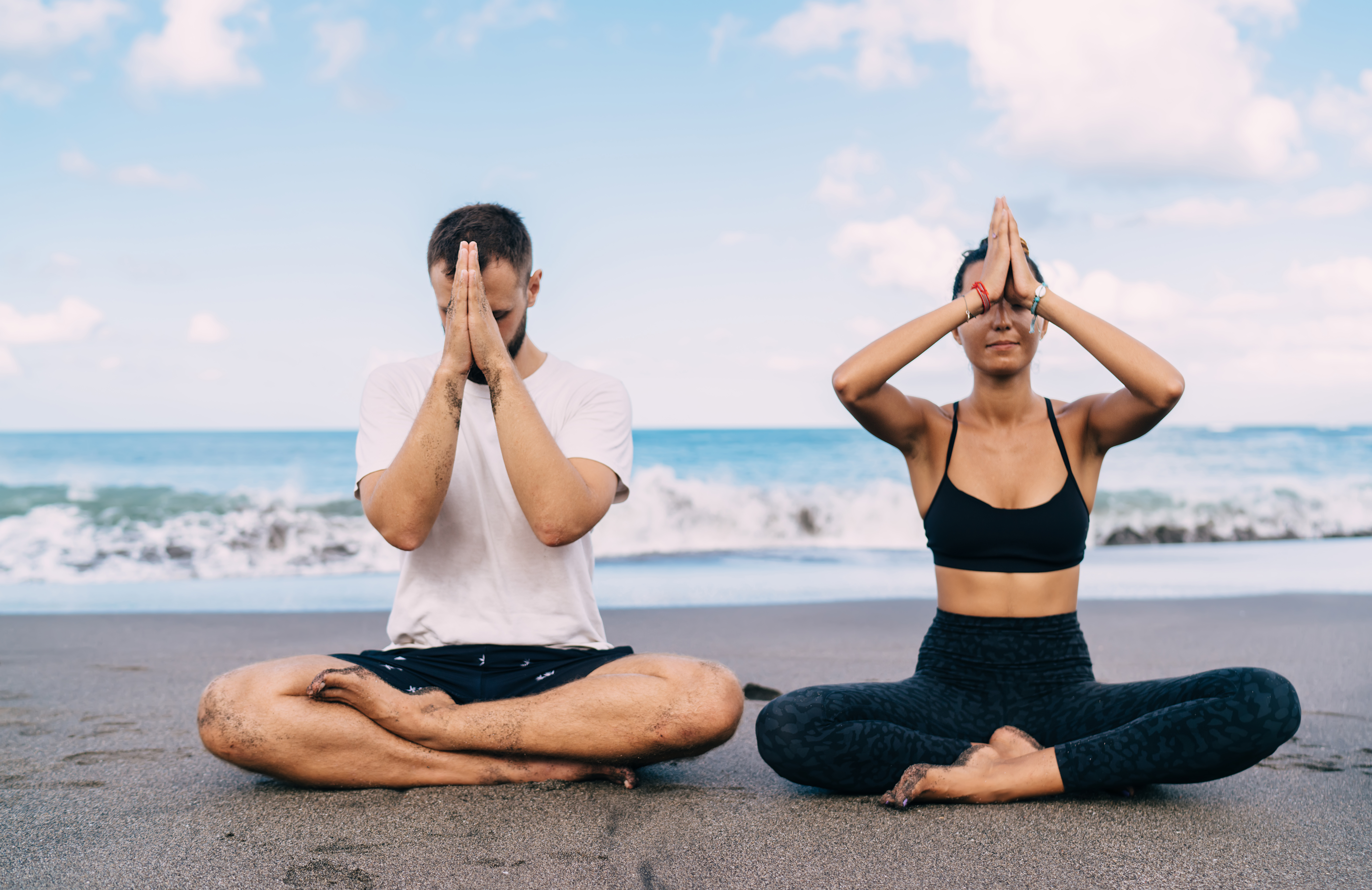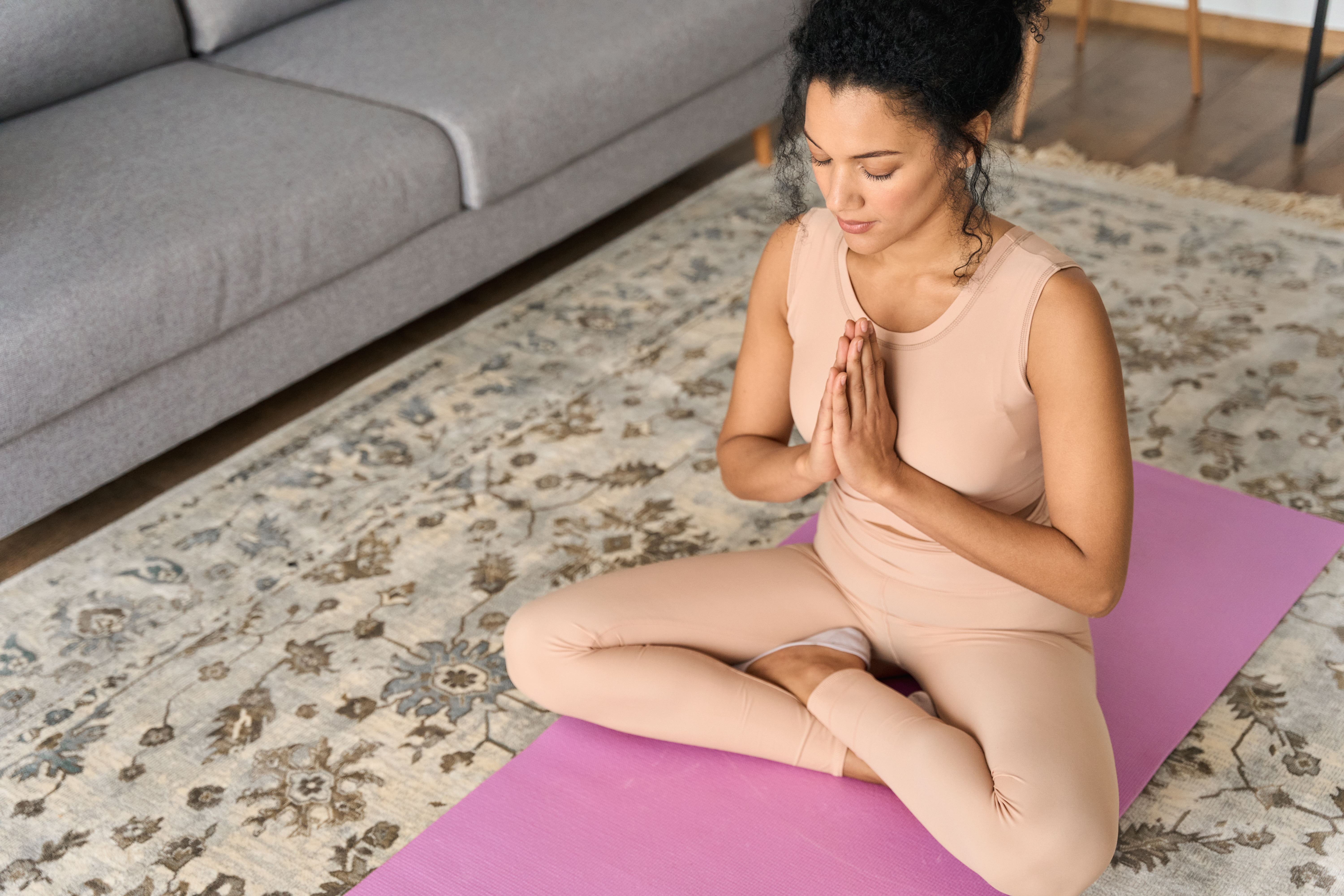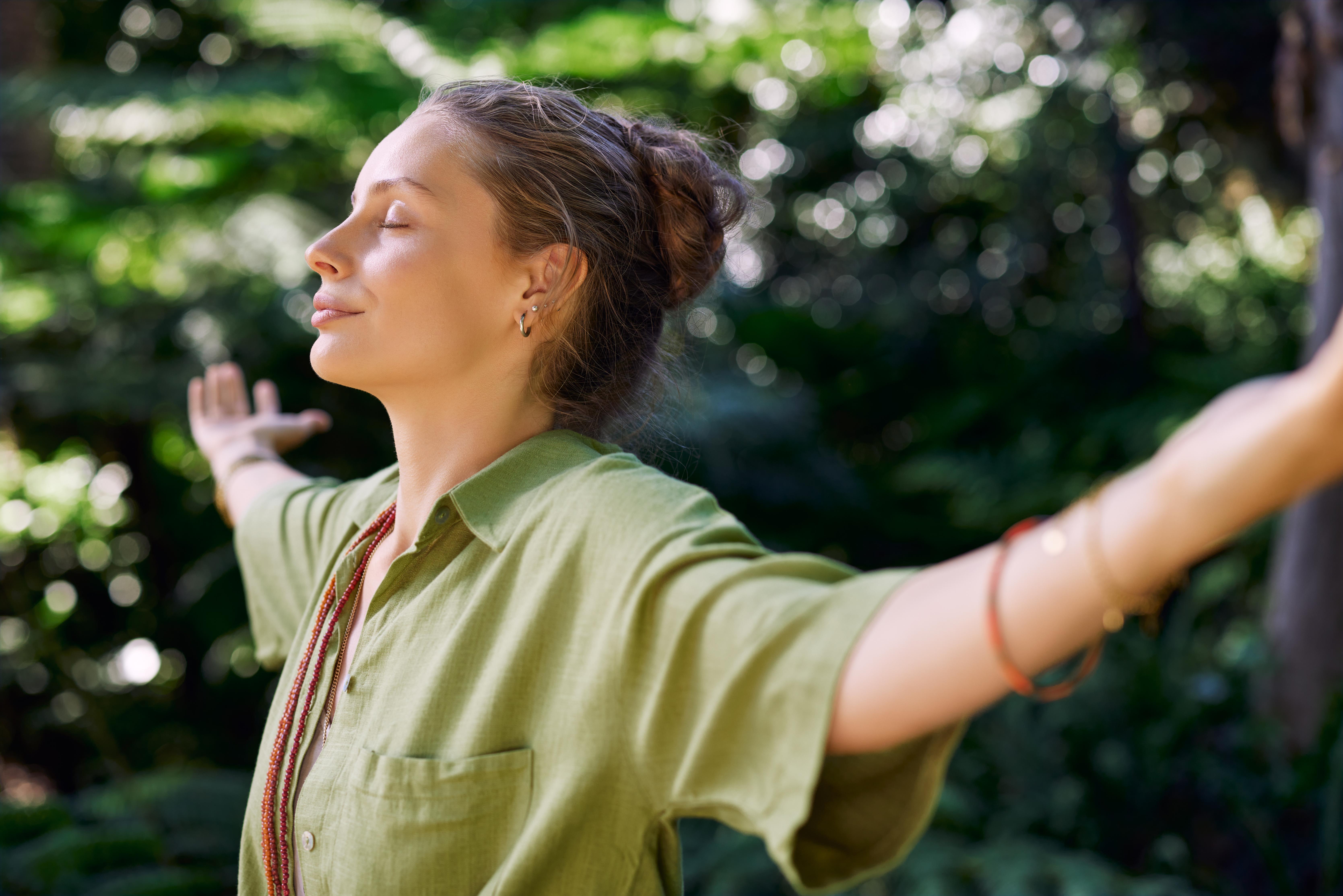Nasal Breathing Hacks: Unlock Energy and Calm
Breathing is an automatic process, yet its potential to influence our mental and physical well-being is often underestimated. The act of breathing, when harnessed consciously, can become a powerful tool for energizing tranquility and enhancing overall health. In this exploration, we delve into surprising nasal techniques that can transform the simple act of inhaling and exhaling into a conduit for peace and vitality. These techniques, rooted in ancient practices and supported by modern science, reveal how conscious breathing can reduce stress, increase energy, and promote a profound sense of calm. Join us as we uncover these methods, each offering a unique pathway to harness the power of breath.
1. The Science of Nasal Breathing

Nasal breathing is more than just a preference; it is a scientifically supported method that optimizes the way we take in air. Unlike mouth breathing, nasal breathing filters and humidifies the air, which is crucial for maintaining lung health. The nasal passage also plays a significant role in regulating the temperature and moisture of the air, making it more suitable for the body's needs. Furthermore, breathing through the nose encourages the production of nitric oxide, a molecule that enhances oxygen circulation and improves cardiovascular health. Understanding the science behind nasal breathing underscores its importance and sets the stage for exploring techniques that leverage these benefits.
2. Alternate Nostril Breathing: Balancing Act

Alternate nostril breathing, or Nadi Shodhana, is a yogic practice that balances the body's energy channels. By systematically blocking one nostril while inhaling and exhaling through the other, this technique harmonizes the left and right hemispheres of the brain. It is believed to reduce stress, enhance concentration, and promote a sense of calm. Practitioners report feeling more centered and focused after just a few minutes of practice. This technique serves as a bridge between the physical and mental realms, reminding us of the interconnectedness of body and mind. Its simplicity and effectiveness make it a valuable tool for anyone seeking balance and tranquility.
3. The Ujjayi Breath: Oceanic Calm

Ujjayi breathing, often referred to as "ocean breath," is a technique that involves constricting the throat slightly while inhaling and exhaling through the nose. This creates a soft, oceanic sound, which can be incredibly soothing. The technique is commonly used in yoga to enhance focus and maintain a steady rhythm during practice. Ujjayi breath not only calms the mind but also increases oxygen consumption and improves endurance. Its rhythmic nature helps synchronize breath with movement, making it an ideal practice for those seeking to integrate physical and mental tranquility. This technique exemplifies how breath can be both a source of power and peace.
4. Kapalabhati: The Breath of Fire

Kapalabhati, or "breath of fire," is a dynamic breathing technique that involves short, powerful exhales and passive inhales. This practice is known for its energizing effects, as it stimulates the diaphragm and abdominal muscles, increasing the flow of oxygen to the brain. Kapalabhati is often used to clear the mind, improve focus, and invigorate the body. It is said to cleanse the respiratory system and boost metabolism, making it a favorite among those who seek a quick energy boost. This technique highlights the transformative power of breath, demonstrating how it can shift energy levels and mental states in a matter of moments.
5. The Buteyko Method: Less is More

The Buteyko Method challenges the common belief that deep breathing is always beneficial. Developed by Dr. Konstantin Buteyko, this technique emphasizes shallow, controlled breathing to reduce hyperventilation and increase carbon dioxide levels in the blood. By training the body to breathe less, practitioners can improve oxygen delivery to tissues and organs. This method is particularly beneficial for individuals with asthma or anxiety, as it helps regulate breathing patterns and reduce symptoms. The Buteyko Method illustrates the nuanced relationship between breath and health, showing that sometimes, less is indeed more when it comes to effective breathing.
6. The 4-7-8 Technique: Counting to Calm

The 4-7-8 breathing technique, popularized by Dr. Andrew Weil, is a simple yet powerful method for relaxation and stress reduction. It involves inhaling through the nose for a count of four, holding the breath for seven counts, and exhaling through the mouth for eight counts. This technique activates the parasympathetic nervous system, promoting a state of relaxation and reducing anxiety. It is particularly effective for those who struggle with insomnia or stress, as it helps quiet the mind and prepare the body for rest. The 4-7-8 technique is a testament to the calming power of structured breathing patterns.
7. The Papworth Method: Breathing with Awareness

The Papworth Method, developed in the 1960s, is a breathing technique that focuses on diaphragmatic breathing and relaxation. It encourages slow, deep breaths through the nose, emphasizing awareness of the breath's natural rhythm. This method is particularly beneficial for individuals with respiratory conditions, such as asthma, as it promotes efficient breathing patterns and reduces hyperventilation. By fostering a deeper connection with one's breath, the Papworth Method enhances mindfulness and tranquility. This technique serves as a reminder that conscious breathing can transform not only the way we breathe but also how we experience the world around us.
8. Resonant Breathing: Harmonizing Heart and Mind

Resonant breathing, also known as coherent breathing, involves breathing at a rate of around six breaths per minute. This technique is designed to synchronize the heart rate and breath, promoting a state of coherence between the cardiovascular and respiratory systems. Research suggests that resonant breathing can reduce stress, enhance emotional regulation, and improve heart rate variability. By aligning the rhythms of the heart and breath, this technique fosters a sense of harmony and balance within the body. Resonant breathing exemplifies the profound impact that breath can have on both physiological and emotional well-being.
9. The Wim Hof Method: Embracing the Cold

The Wim Hof Method combines specific breathing techniques with cold exposure to enhance physical and mental resilience. Developed by "The Iceman" Wim Hof, this method involves deep, rhythmic breathing followed by breath retention and cold immersion. The breathing component increases oxygen levels and prepares the body to withstand extreme temperatures. Practitioners report increased energy, improved immune function, and heightened mental clarity. The Wim Hof Method challenges conventional notions of comfort, demonstrating how controlled breathing can push the boundaries of human capability and unlock new levels of tranquility and vitality.
10. Humming Bee Breath: Vibrational Healing

Bhramari Pranayama, or "humming bee breath," involves making a humming sound while exhaling through the nose. This technique is known for its calming effects, as the vibrations created by the hum stimulate the vagus nerve, promoting relaxation and reducing stress. The gentle sound and vibrations can also help clear the mind and enhance concentration. Bhramari Pranayama is often used in meditation and yoga practices to deepen the sense of inner peace and tranquility. This technique highlights the healing power of sound and vibration, showing how breath can be a vehicle for both physical and emotional healing.
The Breath as a Tool for Transformation

The journey through these nasal techniques reveals the transformative potential of conscious breathing. From balancing energy and calming the mind to invigorating the body and enhancing resilience, each method offers a unique pathway to energizing tranquility. These techniques remind us that the breath is not just a physiological necessity but a powerful tool for personal growth and well-being. By integrating these practices into daily life, we can cultivate a deeper connection with ourselves and the world around us. As we breathe with intention, we unlock the door to a more peaceful, energized, and harmonious existence.
